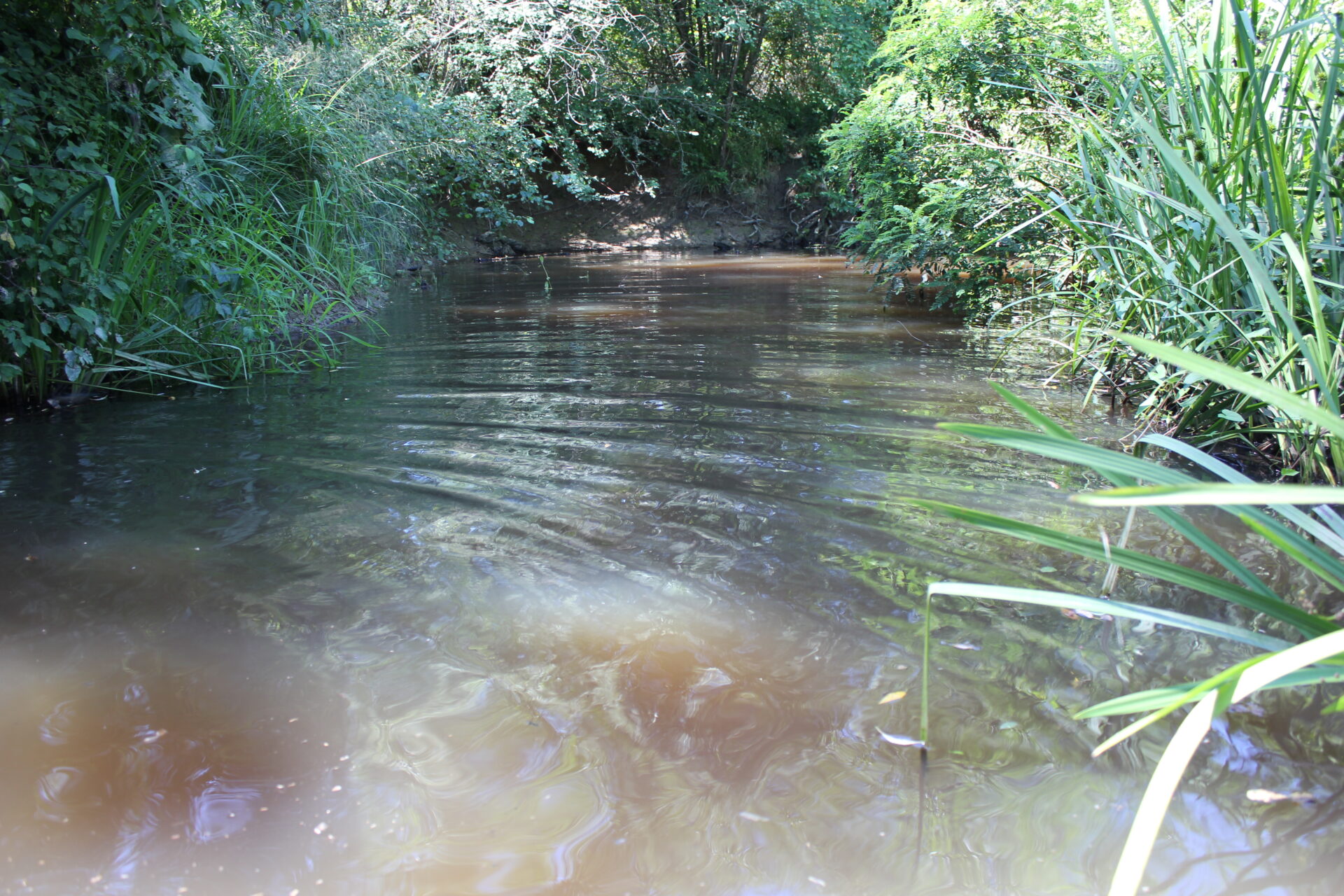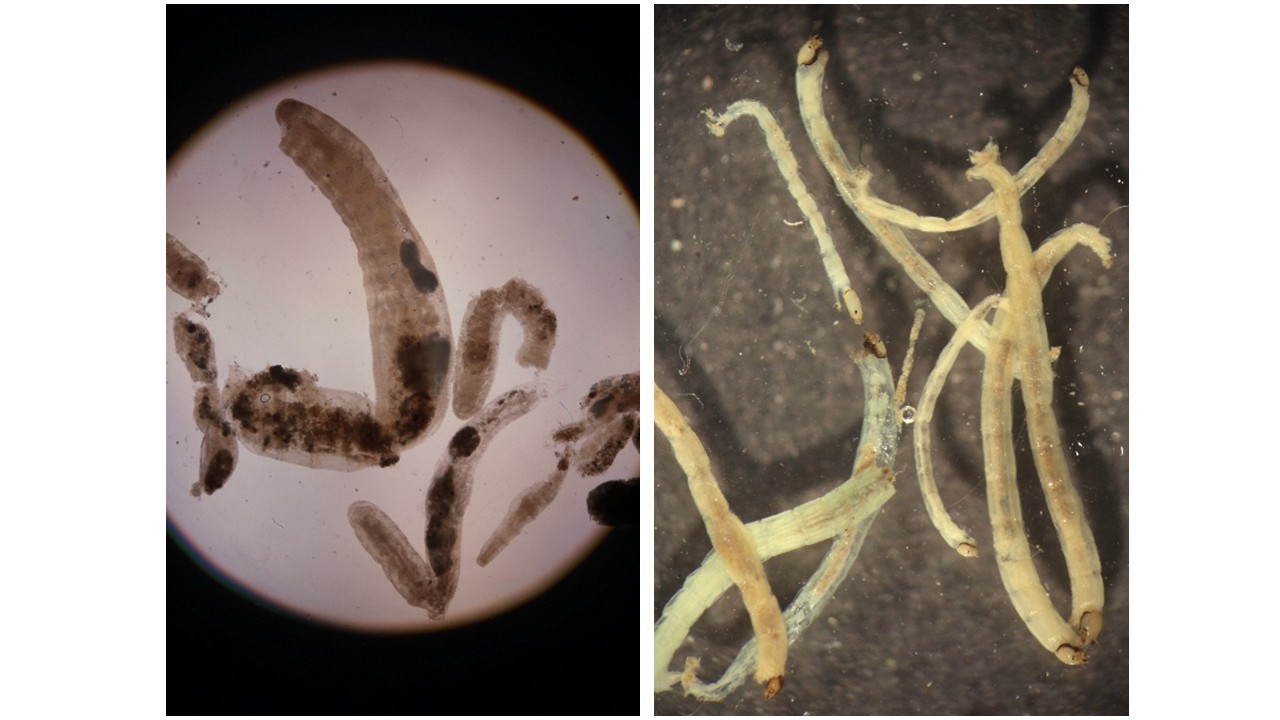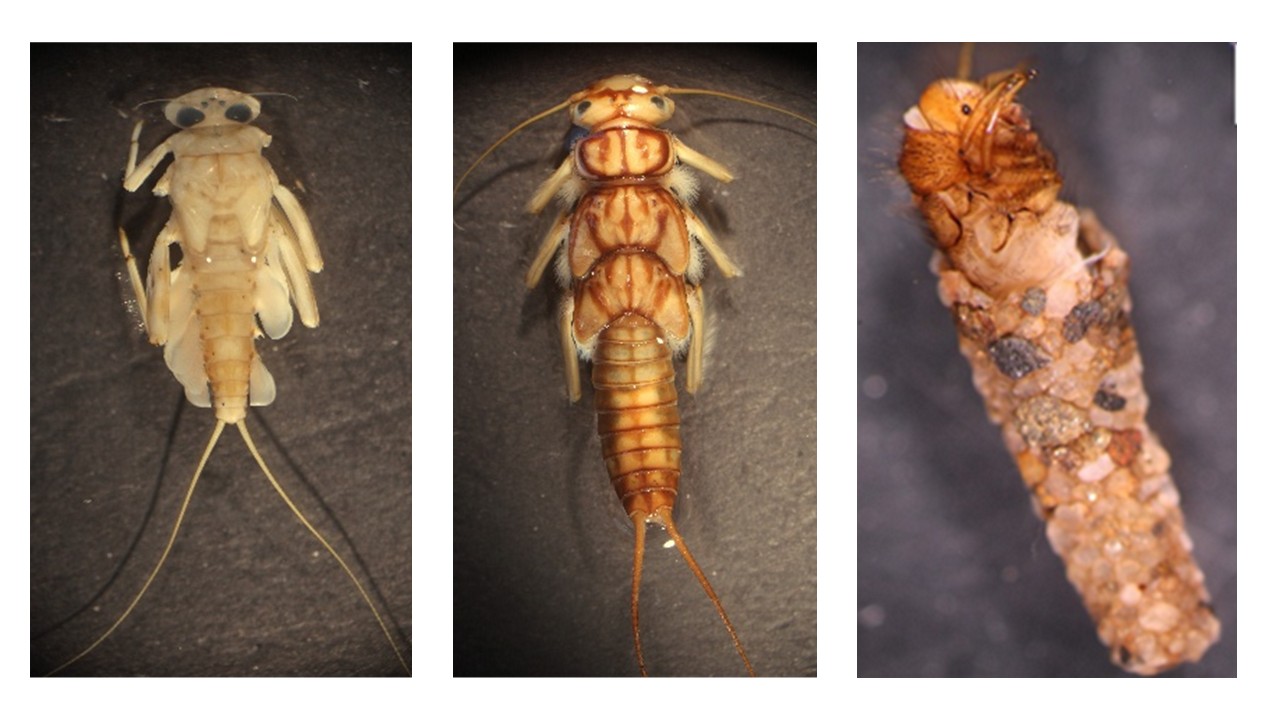Organic Pollution in Water Ecosystems


Organic pollution can be considered a significant pressure on aquatic ecosystems, primarily originating from municipal and partially industrial wastewater (e.g., the food industry) as well as agricultural wastewater. This pressure was particularly pronounced in the second half of the 20th century in Europe. However, in recent decades, water quality in Western and Central European countries has significantly improved, mainly due to the construction of wastewater treatment plants. On the other hand, in Southern and Eastern Europe, organic pollution of aquatic ecosystems remains one of the major pressures.
For years, one of the most important (biological and ecological) assessment systems for water quality classification has been the concept of saprobity, which was first developed for rivers in the early 20th century as a response to the discharge of municipal wastewater. Kolkwitz and Marsson began using aquatic macroinvertebrates (macrozoobenthos) due to their adaptation to different saprobic conditions to assess the effects of organic pollution on watercourses. Since then, the response of macrozoobenthos to organic pollution has been well-documented. Along the gradient, the density and biomass of individual species, as well as the total density and biomass of the community, exhibit characteristic patterns. For example, the higher the saprobity level, the poorer the benthic communities, which are increasingly characterized by species that are more tolerant to reducing conditions and toxicity. Therefore, saprobity plays a key role in structuring benthic communities.
Pantle and Buck were the first to recognize the importance of providing quantitative support for the concept of saprobity by developing the Saprobic Index (SI), which is directly based on the saprobic system. Each indicator organism was assigned a corresponding indicator value based on its specific dependence on decomposing organic matter and related chemical parameters. It was found that the SI correlates well with the biochemical oxygen demand (BOD5) in water, which serves as a proxy for dissolved oxygen (O₂), and is assumed to be the primary chemical variable determining the composition and distribution of macrozoobenthos species. As a result, the Saprobic Index has been widely accepted and used.
Historically, macrozoobenthos in Croatia had been used exclusively for assessing organic pollution, which was then recognized as the only significant stressor. For this purpose, the Saprobic Index was mainly used, with the relative abundance of identified organisms classified into three categories: 1 (rare), 3 (frequent), or 5 (abundant). However, since the indicator systems used were based on Central European indicators that do not include many regional or endemic macrozoobenthos species found in Croatia, especially in the Dinaric ecoregion, the list of indicators has been upgraded and modified into the Croatian Indicator System (HRIS).
It is generally considered that certain macrozoobenthos species, and even entire orders, are good indicators for assessing organic load in waters. For example, members of the orders Ephemeroptera (mayflies), Plecoptera (stoneflies), and Trichoptera (caddisflies)—collectively known as EPT—are typically indicators of good water quality. Their high abundance and a large number of identified species indicate low organic pollution in the water. In contrast, members of the groups Oligochaeta (aquatic worms) and Chironomidae (non-biting midges, from the Diptera order) are considered tolerant to organic pollution, and their increased presence in a community often indicates poorer water quality.
The Institute for Water “Josip Juraj Strossmayer” systematically monitors and assesses the ecological status of inland waters in Croatia, which includes biological quality elements such as macrozoobenthos. In the assessment of macrozoobenthos, one of the two main indicators for evaluation is saprobity. The ecological status of macrozoobenthos and its response to saprobity in previous years is available in the Water Status Report at the provided link

Taxa of the macrozoobenthos that tolerate a higher level of saprobity.

Taxa of the macrozoobenthos that are very sensitive to saprobity.